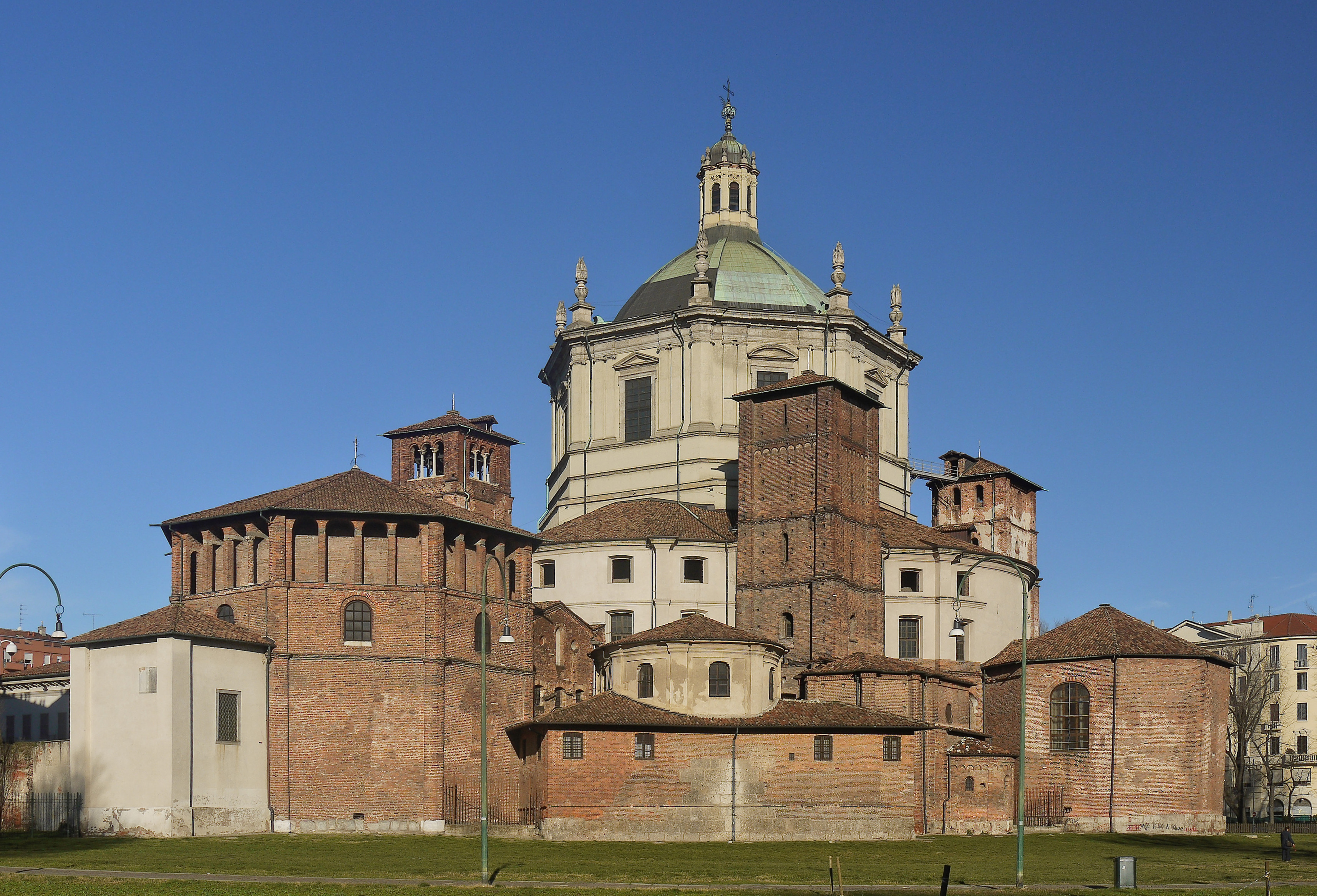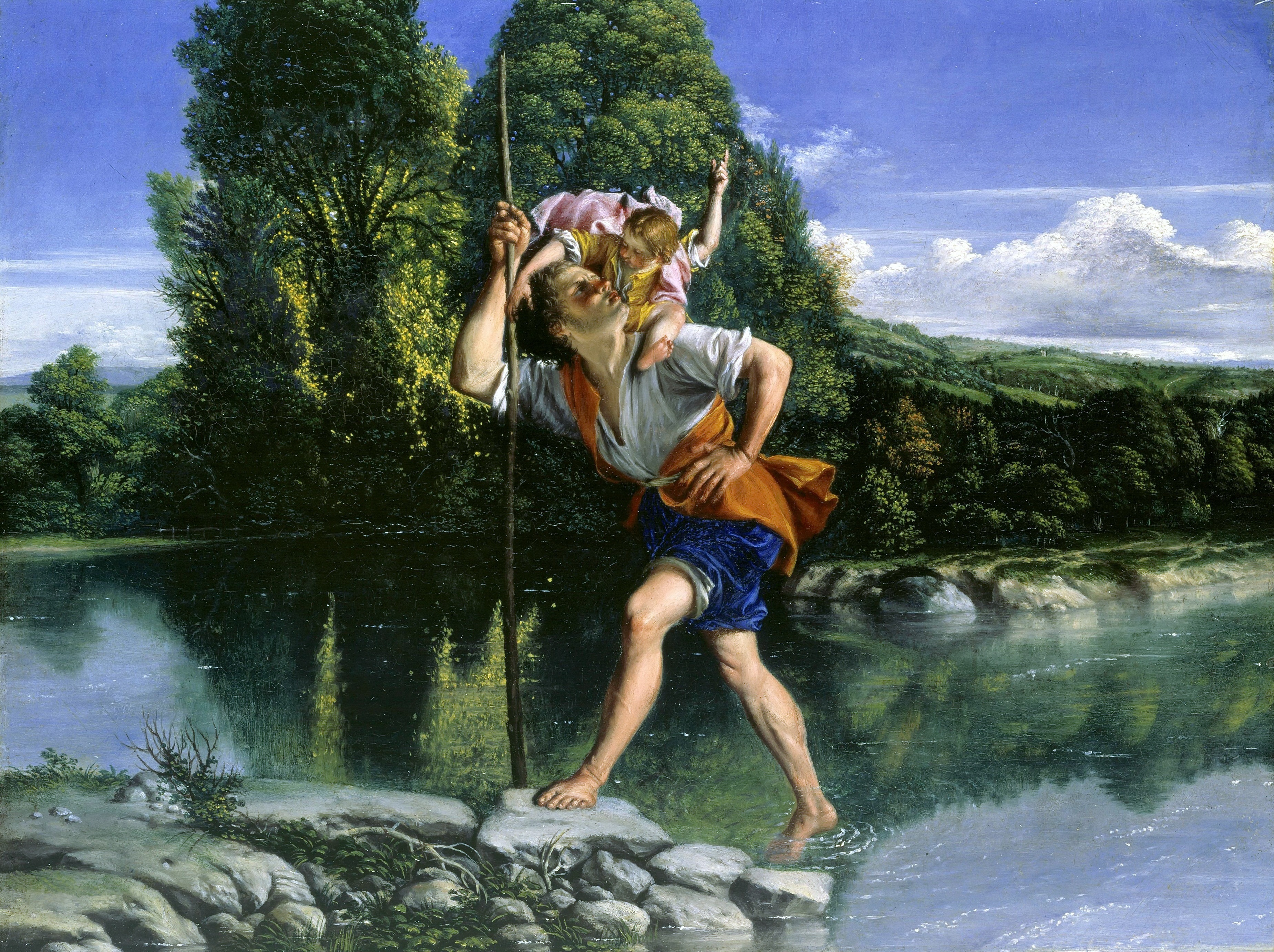|
Antigonia (Chaonia)
Antigonia (), also transliterated as Antigonea and Antigoneia, was an ancient Greek city in Chaonia, Epirus, and the chief inland city of the ancient Chaonians. It is located just south of the village of Saraqinisht, Gjirokastër County, Albania. The area has been declared a National Archaeological Park. The site Antigoneia was built on a strategic location at 600 metres above sea level on an almost impregnable hill overlooking the settlements in the Drino valley from where it could control access through the mountains and to the sea. History It was founded in the 3rd century BC by Pyrrhus of Epirus, who named it after one of his wives, Antigone, daughter of Berenice I and step-daughter of Ptolemy I of Egypt. The straits near Antigonia were mentioned in 230 BC, when a force of Illyrians under Scerdilaidas passed the city to join an invading army further south. In 198 BC, during the Second Macedonian War, the Romans marched against the Macedonian armies of Philip V. H ... [...More Info...] [...Related Items...] OR: [Wikipedia] [Google] [Baidu] |
Philip V Of Macedon
Philip V (; 238–179 BC) was king of the Ancient Greece, ancient Greek kingdom of Macedonia (ancient kingdom), Macedon from 221 to 179 BC. Philip's reign was principally marked by the Social War (220–217 BC), Social War in Greece (220-217 BC) and a struggle with the emerging power of the Roman Republic. He would lead Macedon against Rome in the First Macedonian War, First (212-205 BC) and Second Macedonian War, Second (200-196 BC) Macedonian Wars. While he lost the latter, Philip later allied with Rome against Antiochus III the Great, Antiochus III in the Roman–Seleucid war, Roman-Seleucid War. He died in 179 BC from illness after efforts to recover the military and economic condition of Macedonia and passed the throne onto his elder son, Perseus of Macedon. Early life Philip was the son of Demetrius II of Macedon, and either Phthia of Macedon or Chryseis. Philip was nine years old when his father died in 229 BC. His elder paternal half-sister was Apama III. Philip's grea ... [...More Info...] [...Related Items...] OR: [Wikipedia] [Google] [Baidu] |
Tetraconch
A tetraconch, from the Greek for "four shells", is a building, usually a church architecture, church or other religious building, with four apses, one in each direction, usually of equal size. The basic ground plan of the building is therefore a Cross-in-square, Greek cross. They are most common in Byzantine Empire, Byzantine, and related schools such as Armenian architecture, Armenian and Architecture of Georgia, Georgian architecture. It has been argued that they were developed in these areas or Syria, and the issue is a matter of contention between the two nations in the Caucasus. Apart from churches, the form is suitable for a mausoleum or baptistery. Normally, there will be a higher central dome over the central space. Overview The Basilica of San Lorenzo, Milan (370) is possibly the first example of a grander type, the "aisled tetraconch", with an outer ambulatory. In middle Byzantine architecture, the cross-in-square plan was developed, essentially filling out the tetraco ... [...More Info...] [...Related Items...] OR: [Wikipedia] [Google] [Baidu] |
Tirana
Tirana ( , ; ) is the capital and List of cities and towns in Albania, largest city of Albania. It is located in the centre of the country, enclosed by mountains and hills, with Dajti rising to the east and a slight valley to the northwest overlooking the Adriatic Sea in the distance. It is among the wettest and sunniest cities in Europe, with 2,544 hours of sun per year. Tirana was founded in 1614 by Ottoman Albanian general Sulejman Bargjini, Sylejman Pasha Bargjini, centered on the Sulejman Pasha Mosque, Old Mosque and ''Sulejman Pasha Tomb, türbe''. The city was fairly unimportant until the 20th century, when the Congress of Lushnjë proclaimed it as Albania's capital after the Albanian Declaration of Independence in 1912. The site of present-day Tirana has been continuously inhabited since the Iron Age and was likely the core of the Illyrian kingdom of the Taulantii, which in classical antiquity was centred in the hinterland of Durrës, Epidamnus. Following the Illyrian ... [...More Info...] [...Related Items...] OR: [Wikipedia] [Google] [Baidu] |
Poseidon
Poseidon (; ) is one of the twelve Olympians in ancient Greek religion and mythology, presiding over the sea, storms, earthquakes and horses.Burkert 1985pp. 136–139 He was the protector of seafarers and the guardian of many Hellenic cities and colonies. In pre-Olympian Bronze Age Greece, Poseidon was venerated as a chief deity at Pylos and Thebes, with the cult title "earth shaker"; in the myths of isolated Arcadia, he is related to Demeter and Persephone and was venerated as a horse, and as a god of the waters.Seneca quaest. Nat. VI 6 :Nilsson Vol I p.450 Poseidon maintained both associations among most Greeks: he was regarded as the tamer or father of horses, who, with a strike of his trident, created springs (the terms for horses and springs are related in the Greek language).Nilsson Vol I p.450 His Roman equivalent is Neptune. Homer and Hesiod suggest that Poseidon became lord of the sea when, following the overthrow of his father Cronus, the world was divided ... [...More Info...] [...Related Items...] OR: [Wikipedia] [Google] [Baidu] |
Slavic Migrations To The Balkans
Early Slavs began mass migrating to Southeastern Europe between the first half of the 6th and 7th century in the Early Middle Ages. The rapid demographic spread of the Slavs was followed by a population exchange, mixing and language shift to and from Slavic. The settlement was facilitated by the substantial decrease of the Southeastern European population during the Plague of Justinian. Another reason was the Late Antique Little Ice Age from 536 to around 660 CE and the series of wars between the Sasanian Empire and the steppe nomads against the Eastern Roman Empire. After the arrival of the Pannonian Avars in the mid-6th century, they continued to conduct incursions into Roman territory, often independently of Avar's influence. After the failed siege of Constantinople in the summer of 626, and successful revolt against the Avars, they remained in the wider Southeast Europe area after they had settled the Byzantine provinces south of the Sava and Danube rivers, from the Adria ... [...More Info...] [...Related Items...] OR: [Wikipedia] [Google] [Baidu] |
Palaeo-Christian
Early Christianity, otherwise called the Early Church or Paleo-Christianity, describes the historical era of the Christian religion up to the First Council of Nicaea in 325. Christianity spread from the Levant, across the Roman Empire, and beyond. Originally, this progression was closely connected to already established Jewish centers in the Holy Land and the Jewish diaspora throughout the Eastern Mediterranean. The first followers of Christianity were Jews who had converted to the faith, i.e. Jewish Christians, as well as Phoenicians, i.e. Lebanese Christians. Early Christianity contains the Apostolic Age and is followed by, and substantially overlaps with, the Patristic era. The Apostolic sees claim to have been founded by one or more of the apostles of Jesus, who are said to have dispersed from Jerusalem sometime after the crucifixion of Jesus, c. 26–33, perhaps following the Great Commission. Early Christians gathered in small private homes,Paul, for example, greets a ... [...More Info...] [...Related Items...] OR: [Wikipedia] [Google] [Baidu] |
Saint Christopher
Saint Christopher (, , ; ) is venerated by several Christian denominations. According to these traditions, he was a martyr killed in the reign of the 3rd-century Roman Empire, Roman emperor Decius (), or alternatively under the emperor Maximinus Daia (). Churches and monasteries were named after him by the 7th century. There is no evidence for the historicity of the saint.Britannica, The Editors of Encyclopaedia. "Saint Christopher" Encyclopedia Britannica, 25 July 2024, https://www.britannica.com/biography/Saint-Christopher. Accessed 25 October 2024. The most famous legend connected to the saint recounts that after converting to Christianity, he devoted his life to carrying travelers across a river. One day he carried an unknown young boy across a river after which the boy reve ... [...More Info...] [...Related Items...] OR: [Wikipedia] [Google] [Baidu] |
Ptolemy
Claudius Ptolemy (; , ; ; – 160s/170s AD) was a Greco-Roman mathematician, astronomer, astrologer, geographer, and music theorist who wrote about a dozen scientific treatises, three of which were important to later Byzantine science, Byzantine, Islamic science, Islamic, and Science in the Renaissance, Western European science. The first was his astronomical treatise now known as the ''Almagest'', originally entitled ' (, ', ). The second is the ''Geography (Ptolemy), Geography'', which is a thorough discussion on maps and the geographic knowledge of the Greco-Roman world. The third is the astrological treatise in which he attempted to adapt horoscopic astrology to the Aristotelian physics, Aristotelian natural philosophy of his day. This is sometimes known as the ' (, 'On the Effects') but more commonly known as the ' (from the Koine Greek meaning 'four books'; ). The Catholic Church promoted his work, which included the only mathematically sound geocentric model of the Sola ... [...More Info...] [...Related Items...] OR: [Wikipedia] [Google] [Baidu] |
Pliny The Elder
Gaius Plinius Secundus (AD 23/24 79), known in English as Pliny the Elder ( ), was a Roman Empire, Roman author, Natural history, naturalist, and naval and army commander of the early Roman Empire, and a friend of the Roman emperor, emperor Vespasian. He wrote the encyclopedic (''Natural History''), a comprehensive thirty-seven-volume work covering a vast array of topics on human knowledge and the natural world, which became an editorial model for encyclopedias. He spent most of his spare time studying, writing, and investigating natural and geographic phenomena in the field. Among Pliny's greatest works was the twenty-volume ''Bella Germaniae'' ("The History of the German Wars"), which is Lost literary work, no longer extant. ''Bella Germaniae'', which began where Aufidius Bassus' ''Libri Belli Germanici'' ("The War with the Germans") left off, was used as a source by other prominent Roman historians, including Plutarch, Tacitus, and Suetonius. Tacitus may have used ''Bella Ger ... [...More Info...] [...Related Items...] OR: [Wikipedia] [Google] [Baidu] |
Livy
Titus Livius (; 59 BC – AD 17), known in English as Livy ( ), was a Roman historian. He wrote a monumental history of Rome and the Roman people, titled , covering the period from the earliest legends of Rome before the traditional founding in 753 BC through the reign of Augustus in Livy's own lifetime. He was on good terms with members of the Julio-Claudian dynasty and was a friend of Augustus. Livy encouraged Augustus’s young grandnephew, the future emperor Claudius, to take up the writing of history. Life Livy was born in Patavium in northern Italy, now modern Padua, probably in 59 BC. At the time of his birth, his home city of Patavium was the second wealthiest on the Italian peninsula, and the largest in the province of Cisalpine Gaul (northern Italy). Cisalpine Gaul was merged into Italy proper during his lifetime and its inhabitants were given Roman citizenship by Julius Caesar. In his works, Livy often expressed his deep affection and pride for Patavium, and the ... [...More Info...] [...Related Items...] OR: [Wikipedia] [Google] [Baidu] |








